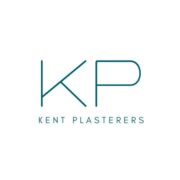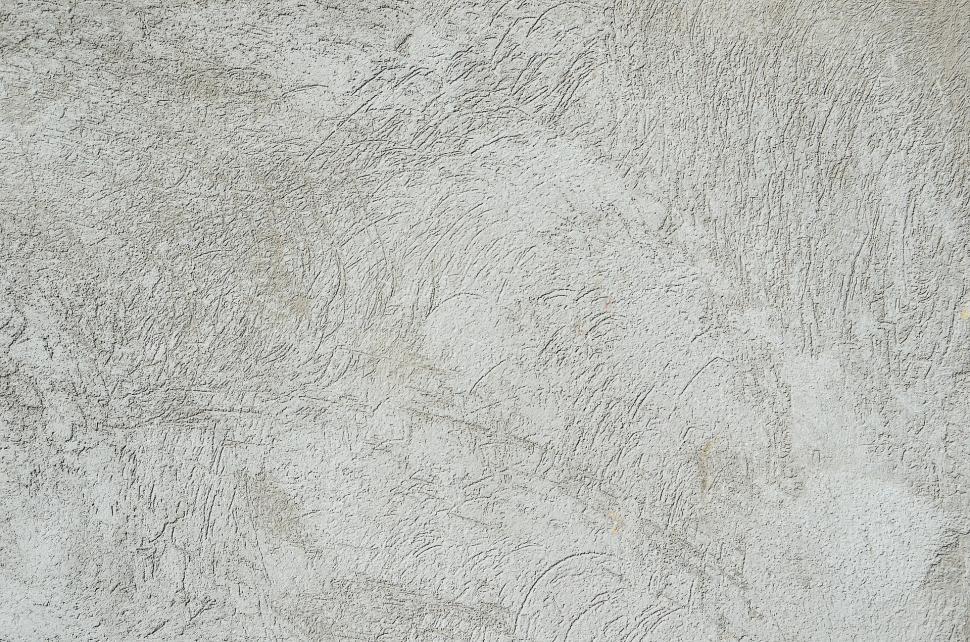Master the time-tested art of hardwall plaster application and achieve that perfect, durable finish that professionals swear by
Understanding Hardwall Plaster Basics
Hardwall plaster is a robust basecoat gypsum plaster specifically designed for medium to high suction backgrounds. It’s particularly favoured in the UK construction industry for its exceptional durability and versatility. This traditional plastering material creates a solid foundation that’s essential for achieving a professional finish on interior walls. Unlike standard plasters, hardwall plaster contains special aggregates that enhance its strength and impact resistance, making it up to 60% harder than traditional backing plasters. The material’s unique composition allows it to bond exceptionally well with most masonry surfaces, including bricks, blocks, and concrete, while providing excellent fire protection properties.
Essential Tools and Materials
- Plastering trowel (stainless steel, 11-13 inch)
- Hawk board
- Mixing bucket (25L minimum)
- Electric paddle mixer
- Straight edge/darby
- Spirit level
- Scratching tool
- Clean water supply
- Hardwall plaster (approximately 11kg per square metre)
- Scrim tape for joints
- PVA bonding agent
- Personal protective equipment (gloves, goggles, dust mask)
Surface Preparation
Proper surface preparation is crucial for achieving a lasting finish with hardwall plaster. Begin by thoroughly cleaning the substrate, removing any dust, grease, or loose material. For new masonry, ensure the surface has fully cured – typically 4-6 weeks for brick and blockwork. Apply a PVA bonding agent diluted at a ratio of 5:1 (water:PVA) to control suction and improve adhesion. For areas with different background materials, apply scrim tape across joints to prevent cracking. Check wall plumbness using a spirit level and install angle beads where necessary to ensure straight corners and consistent thickness.
Mixing Hardwall Plaster
Achieving the correct mixing consistency is vital for successful application. Start with clean, fresh water in your mixing bucket – approximately 11-13 litres per 25kg bag of plaster. Add the plaster gradually to the water while mixing with an electric paddle mixer at medium speed. Continue mixing until you achieve a smooth, lump-free consistency similar to thick cream. The mixed plaster should be workable for approximately 45-60 minutes, so only prepare what you can use within this timeframe. Avoid remixing or adding more water to partially set plaster as this will significantly weaken the final result.
Application Techniques
First Coat Application
The first coat, known as the scratch coat, should be applied at approximately 8mm thickness. Using your trowel and hawk, apply the plaster with firm, upward strokes, ensuring even coverage. Once the plaster begins to firm up (but before it sets), create horizontal lines across the surface using your scratching tool. These lines provide a key for the second coat to grip onto. Allow this first coat to set for approximately 2 hours before proceeding with the second coat.
Second Coat Application
Apply the second coat at approximately 3mm thickness while the first coat is still green (set but not fully dry). Use your trowel to achieve a flat, even surface, working in systematic sections. Once the plaster has firmed up slightly, use your straight edge to level any high spots and ensure an even surface. Finally, float the surface using a plastic float to close up any small holes and achieve a smooth finish ready for the topcoat.
Common Mistakes and Troubleshooting
- Mixing too wet – results in weak plaster and shrinkage cracks
- Insufficient surface preparation – leads to poor adhesion and delamination
- Applying too thickly – causes slumping and extended drying times
- Working material that’s started to set – weakens the plaster
- Inadequate scratching between coats – results in poor bonding
- Rushing the application – leads to uneven finish and potential failures
Drying and Curing
Proper drying conditions are essential for achieving optimal strength and durability. Maintain good ventilation throughout the drying process but avoid direct heat or drafts which can cause rapid drying and cracking. The complete curing process typically takes 3-7 days, depending on environmental conditions. Maintain room temperature between 5-30°C during this period. In winter months, use background heating to maintain consistent temperatures rather than intense direct heat.
Finishing Touches
Once the hardwall plaster has fully cured, it’s ready for the application of a finish coat. Before applying the topcoat, check the surface for any imperfections and repair if necessary. Lightly dampen the surface to control suction and ensure proper bonding of the finish coat. Most commonly, a finish plaster like Multi-Finish or Thistle ProFinish is applied at approximately 2mm thickness to achieve that perfect, smooth final surface.
Maintenance and Aftercare
Well-applied hardwall plaster requires minimal maintenance but benefits from proper care. Allow the plaster to fully cure before decorating – typically 7-10 days minimum. Use appropriate primers before painting or wallpapering to ensure good adhesion. Address any minor damage promptly to prevent moisture ingress and deterioration. When hanging heavy items, use appropriate fixings and always locate studs or solid backing where possible.
Professional Tips and Best Practices
- Always use clean tools and fresh water for mixing
- Maintain consistent room temperature during application and curing
- Plan your work sequence to maintain a wet edge while plastering
- Keep a spray bottle handy to control suction on hot days
- Use angle beads for perfect corners and reveals
- Consider using bonding agents on challenging substrates
- Always wear appropriate PPE, especially when mixing dry plaster
- Clean tools immediately after use to maintain their condition
FAQ
Is there a waterproof plaster for walls?
Tadelakt – a natural, water repellent plaster used as a beautiful, tactile alternative to tiling in wet rooms and bathrooms. Kreidezeit Tadelakt is a polished plaster based on the original Moroccan plaster meaning ‘to rub’ or ‘knead’ in Arabic.
What kind of plaster is used in bathrooms?
Traditional gypsum plaster can be prone to moisture damage, and we do not recommend this product for wet areas like bathrooms. However, modern bathroom plasters, such as our Rock and Hydro plaster systems, can withstand the unique challenges of a bathroom environment.
What are the three types of plaster?
The most common types of plaster mainly contain either gypsum, lime, or cement, but all work in a similar way. The plaster is manufactured as a dry powder and is mixed with water to form a stiff but workable paste immediately before it is applied to the surface.
How much does a bag of hardwall coverage cost?
What is the coverage area per bag of Thistle Hardwall Plaster? The estimating guide suggests an approximate coverage of 2.25 square meters per 25Kg bag.
Sources
[1] https://www.goldbondbuilding.com/products/conventional-plaster/two-way-hardwall-plaster
[2] https://www.british-gypsum.com/products/plaster-products/thistle-hardwall
[3] https://www.youtube.com/watch?v=P5CKDLrRwPw

